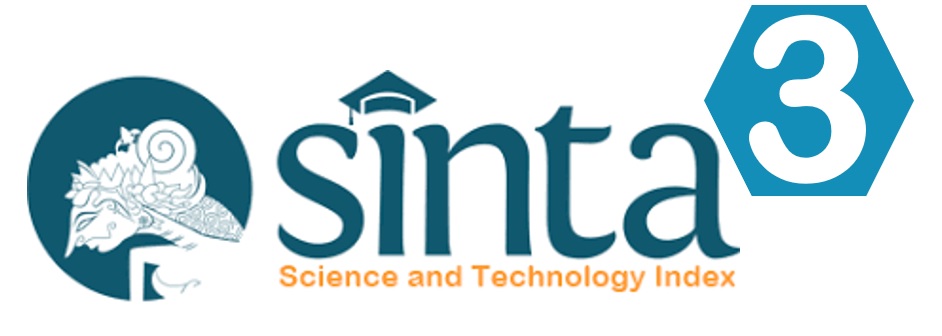Contrastive Analysis between Chinese and Indonesian Phonology and Implementation on Conversation Class
DOI:
https://doi.org/10.32734/ijcas.v3i1.1390Keywords:
Contrastive Analysis, Phonology, Mandarin, ConversationAbstract
This study aims to find out the phonological characteristics of Indonesian Language and Mandarin language, their impact and application in learning Chinese conversations. This study will use descriptive comparative methods and surveys. Based on the data obtained, there are differences in the pronunciation of single Indonesian and Chinese vowels, namely vowel [y], [É£], [i]. Mandarin has triftong, which is [iou], [iao]. The consonants of Indonesian and Mandarin have similarities, but the pronunciation is different. The consonant of Indonesian is not distinguished from no aspirations and aspirations, based on no voices and voices. In suprasegmental features, such as tons, intonation, pressure, pauses, Mandarin is one of the tonal languages, whereas Indonesian is not a tonal language. In Indonesian, the pressure functions to distinguish meaning in the sentence level, but does not distinguish meaning at the word level. Whereas in Mandarin, the pressure is divided into word pressure and sentence pressure. In Indonesian, intonation plays an important role when distinguishing the meaning of sentences. Whereas in Mandarin, the rules for pronunciation of intonation are not strict. Pause in Indonesian and Mandarin, marked by the use of signs. The results of this study can help teachers determine and use appropriate learning techniques so that they can help, facilitate the needs, demands, and goals of students in pronunciation.
Downloads
References
R. Lass, Phonology: An Introduction to Basic Concepts. Cambridge: Cambridge University, 1984.
W. O’Grady, J. Archibald, M. Aronoff, and J. Rees-Miller, Contemporary Linguistics: An Introduction 5th ed, 5ed ed. New York: Bedford-St.Martin’s, 2005.
H. Zhang, Hanyu Keyi Zheyang Jiao - Yuyan Yaosu Pian. Beijing: Shangwu Yinshuguan, 2008.
S. Xu, Putonghua Yuyin Changshi. Beijing: Yuwen Chubanshe, 1999.
X. Zhou and H. Li, Duiwai Hanyu Jiaoxue Rumen - The Guidance of Teaching Chinese to Foreigner. Guangzhou: Zhongshan Daxue Chubanshe, 2004.
T. Wu, Putong Yuyanxue Gaiyao. Beijing: Gaodeng Jiaoyu Chubanshe, 2004.
A. Cui, Z. Peng, and Z. Zhou, “Zhou Youguang Dui Hanyu Pinyin De Jiechu Gongxian —— Weishenme Renmen Ba Zhou Youguang Jiao Zuo ‘Hanyu Pinyin De Baba,’†Jiangxi Kexue Shifan Daxue Xuebao, vol. August, no. No.4, pp. 18–25, 2018.
C. Luo and J. Wang, Putong Yuyinxue Gangyao. Beijing: Shangwu Yinshuguan, 2004.
Y. Jin, Putonghua Yuyin. Beijing: Shangwu Yinshuguan, 2007.
F. Liu, Hanyu Yuyin Xunlian Jiaocheng. Beijing: Beijing Yuyan Daxue Chubanshe, 2006.
F. Xing, Xiandai Hanyu. Beijing: Gaodeng Jiaoyu Chubanshe, 2007.
L. Wang and T. Lin, Yuyin Jiaocheng. Beijing: Beijing Daxue Chubanshe, 2007.
A. Li and A. Cai, “Yinniyu Yu Hanyu Yuyin Duibi Ji Yinni Xuesheng Xide Hanyu Yuyin Nandian Fenxi,†J. Overseas Chinese Educ., vol. 66, no. 1, pp. 79–89, 2013.
M. Muslich, Fonologi Bahasa Indonesia. Jakarta: Bumi Aksara, 2010.
Marsono, Fonetik. Jogjakarta: Gadjah Mada University Press, 1993.
Downloads
Published
How to Cite
Issue
Section
License
Copyright (c) 2019 Aprilia Ruby Wikarti Sukarto, Elizabeth Renata, Silvia Moira

This work is licensed under a Creative Commons Attribution-ShareAlike 4.0 International License.













